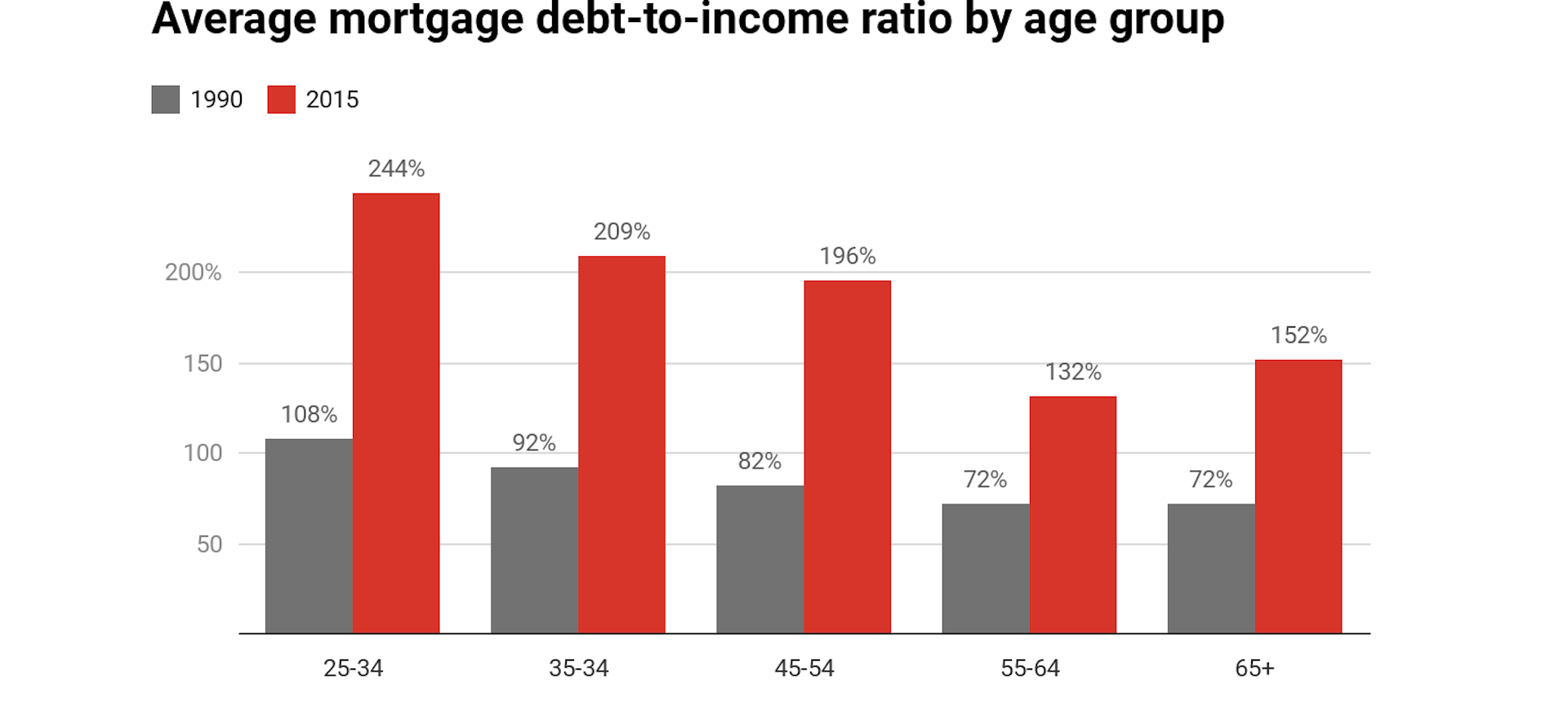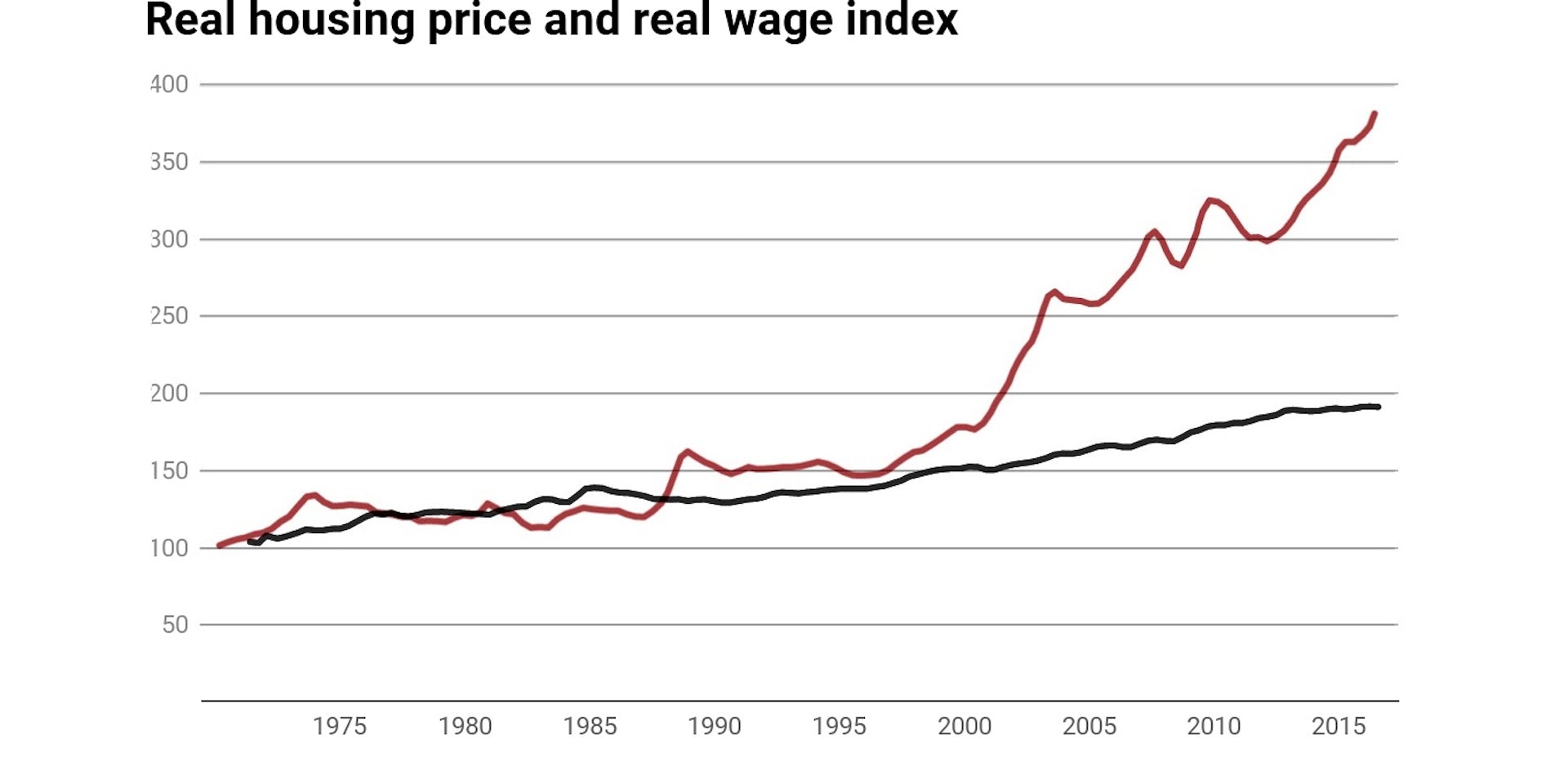
Many older Australians value their age pension payments. For the majority of recipients, the use of a reverse mortgage will have no effect on current entitlements.
Each age pension recipient is assessed on both their assets and income to determine their pension payment.
Maximum assets for Full pension
From 21 September 2021, pensions reduce when your assets are more than the limit for your situation.
| Your situation | Homeowner | Non-homeowner |
| Single | $270,500 | $487,000 |
| A couple, combined | $405,000 | $621,500 |
Maximum assets for Part pensions
From 21 September 2021, part pensions cancel when your assets are more than the limit for your situation.
| Your situation | Homeowner | Non-homeowner |
| Single | $593,000 | $809,500 |
| A couple, combined | $891,500 | $1,108,000 |
With a Reverse Mortgage, up to $40,000 is exempt from the assets test for up to 90 days, so the money needs to be spent within this time limit to avoid it becoming an assessable asset. If $50,000 is used for home repairs/maintenance on the principle place of residence, (an exempt asset), the monies spent will not be included as an asset. If the $50,000 is to pay for a new car, the value of that car then becomes a non-deemed asset.
Advisers are required to have a discussion with potential borrowers about future needs and many discussions lead to having a Line of Credit structure into the loan facility to meet any future needs, if and when they may occur. From an age pension perspective, it is important to know that a Line of Credit is not regarded as an asset.
Assessable income on financial assets
The Government has amended deeming rates from 1st May 2020 (and current as at 1 November, 2021).
| Situation | Deeming rate |
| Single | Lower rate: 0.25% on the first $51,800 of your investment assets, plus Upper rate: 2.25% on your investment assets over the amount of $51,800 |
| Couple | Lower rate: 0.25% on the first $86,200 of your combined investment assets, plus Upper rate: 2.25% on your investment assets over the amount of $86,200 |
Gifting
Centrelink will assess any gifting amounts over $10,000 in one year, or $30,000 over 5 years. Amounts over these limits will be deemed. If a single person has no other assessable assets, it could be possible to use a reverse mortgage for gifting purposes of around $190,000, without affecting age pension entitlements.
Centrelink is the ultimate source for determining age pension entitlements , but an adviser from RMFS will assist potential borrowers with basic information about their qualifications.
It is important to ensure age pension recipients regularly update their information with Centrelink. In the first 3 months of 2020, our advisers have met 3 clients whose details have not been updated to reflect their circumstances, and have missed out on between $16,000 and $30,000 over the past 3 years.
Are you eligible for the full age pension?
From 21st September, 2021, the full age pension is $967.50 p/f for a single and $729.30 each per couple.
We recommend recipients check their payments to reflect their current asset and income position.





